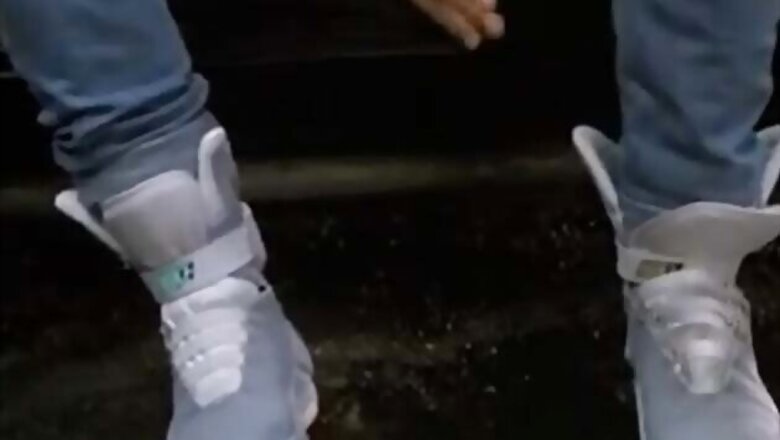
views
London: NASA has sent a pair of high-tech 'space sandals' to the International Space Station (ISS) to better understand how heavy loads can damage an astronauts' bones and muscles. The ForceShoe will be worn by astronauts to further our knowledge of the forces at play when operating at zero gravity.
The sandals will be worn when astronauts are using on board the station's exercise device, the Advanced Resistive Exercise Device (ARED). The device provides crew members with the ability to perform weight-bearing exercises in space by supplying resistance through the power of vacuum cylinders.
Data will then be sent back to ground control for closer analysis, 'The Mirror' reported. "Crew members will be asked to set the ARED to provide specific loads in the same way they would set loads on a weightlifting machine at the gym," said NASA in a statement.
"They will then lift the exercise bar and stand still on ARED while the shoes collect data. Dynamic exercise will include squats, dead-lifts and bicep curls," said NASA. "ARED is a sophisticated exercise device," said Andrea Hanson, ISS Exercise Hardware Specialist. "Although it has helped NASA provide better health outcomes for crew members, there is still progress to be made in understanding the effects of exercise on bone and muscle health, and the ForceShoe will help us do that," said Hanson.
The Force Shoes investigation is an engineering evaluation. Although a number of portable load monitoring technologies (often referred to as force shoes) are under evaluation on Earth, NASA elected to fly the ForceShoe on the space station because it offers comprehensive load measures.
During the investigation, researchers will use the shoe to measure exercise loads and ground reaction forces. These are the forces supplied by the ground to a body in contact with it. The device measures force in three axes: up and down, side-to-side and front-to-back. It also captures the torque, or twisting force, applied under foot during ARED exercise.
















Comments
0 comment